
(artist and date unknown)

Karl Ludwig Cauer (14 February 1828, Bonn - 17 April 1885, Bad Kreuznach) was a German sculptor in the Classical style.


Karl Ludwig Cauer (14 February 1828, Bonn - 17 April 1885, Bad Kreuznach) was a German sculptor in the Classical style.
His father, Emil Cauer the Elder, was a sculptor. His younger brother, Robert, became one as well. He and his wife, Magdalene (1828-1906) had seven children. Their five sons all became artists: Robert, Hugo (1864–1918), Ludwig and Emil were sculptors; Hans was a painter. His daughter, Maria (1861-1928) married the composer, Arnold Mendelssohn.
He received his initial training in his family's workshop, then left for to Berlin, where he was given further instruction by Christian Daniel Rauch and Albert Wolff. In 1848, he moved to Rome to study antiquities. In 1851, he went to London to examine the Elgin Marbles, and stayed there until 1854; working as a portrait painter. He returned to Germany for three years, then went back to Rome, where he stayed until 1862.
That was the year he was commissioned to create one of his best known works; the monument to Friedrich Schiller in Mannheim. When that was completed, he settled in Bad Kreuznach and worked with his brother Robert at the family studio. After 1873, he divided his time between there and Rome, where he and Robert had another workshop. On behalf of the Prussian Ministry of Education, he was charge of producing casts of antiquities for use at art schools in Berlin. [1] From 1877 to 1878, he was Chairman of the German Art Association there. [2] After 1881, he remained in Bad Kreuznach.
In 1884, he visited the United States to attend the dedication of a monument in St. Louis that he had designed; honoring the assassinated President, James A. Garfield. When he returned, he was severely ill, so a major project, the Hutten Sickingen Monument in Bad Münster am Stein-Ebernburg, had to be completed by his sons Robert and Ludwig. He died early the following year, aged fifty-seven.
He is generally credited with being the inventor of "Elfenbeingips " (ivory gypsum), a molding substance and binding agent which is cheap and easy to clean. [3]
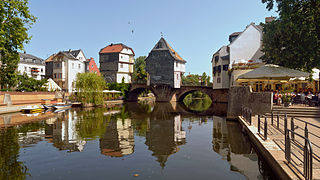
Bad Kreuznach is a town in the Bad Kreuznach district in Rhineland-Palatinate, Germany. It is a spa town, most well known for its medieval bridge dating from around 1300, the Alte Nahebrücke, which is one of the few remaining bridges in the world with buildings on it.
Conte Giuseppe Fede was an Italian nobleman, collector and archaeologist of the 18th century. As early as 1724 he started to buy up parcels of land on the site of Hadrian's Villa at Tivoli and excavate on them. Like his father, he was a collector-excavator who retained some of the sculptures he excavated for himself whilst releasing others onto the antiquarian market.

Friedrich Noack, who wrote under the pseudonym F. Idus, was a German cultural historian and author, who wrote several articles for the Künstlerlexikon Thieme-Becker.

Karl Begas was a German sculptor. To distinguish him from his father, he is often referred to as "the younger".
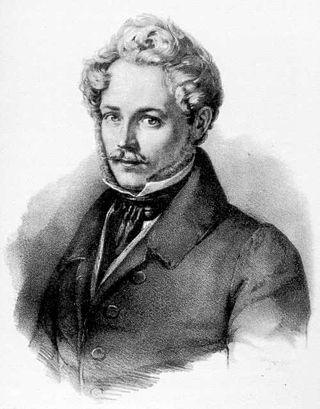
Ernst Fries was a German painter, draftsman, watercolourist, etcher, printmaker, and lithograph. Besides Karl Philipp Fohr and Carl Rottmann, he was the youngest of the so-called triumvirate of Heidelberg Romanticism. His works represent a transition from Romanticism to Realism.

Ludwig Cauer was a German sculptor.
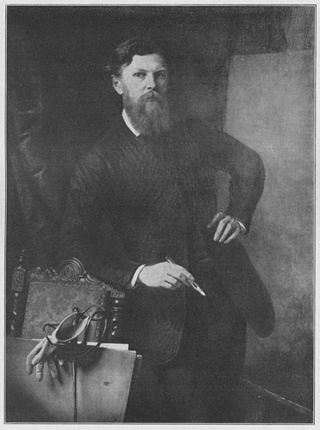
Count Stanislaus Friedrich Ludwig von Kalckreuth was a German painter who specialized in mountain landscapes.
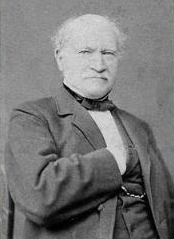
Carl Eduard Steinbrück was a German history painter and etcher; associated with the Düsseldorf school.
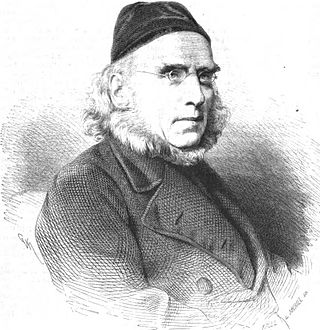
Emil Cauer the Elder was a German sculptor in the Classical style. Many of his children and grandchildren also became sculptors.
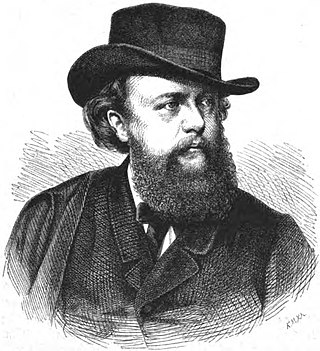
Robert Cauer the Elder was a German sculptor; known for his funerary art.

Emil Cauer the Younger (1867-1946) was a German sculptor, known for his monuments and fountains in Berlin.
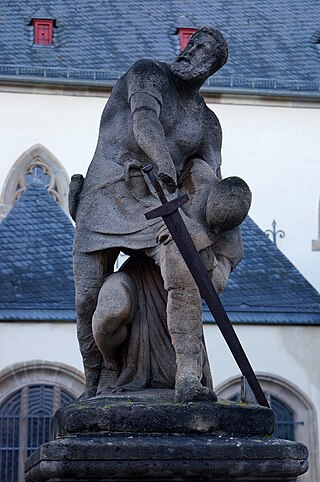
Robert Cauer the Younger was a German sculptor.

Stanislaus Cauer was a German sculptor, medallist and art teacher. He is best known for his monument to Friedrich Schiller.

Wolfgang Golther was a German philologist who specialized in Germanic studies. A professor at the University of Rostock, Golther was a prominent authority on Medieval German literature and Germanic religion.
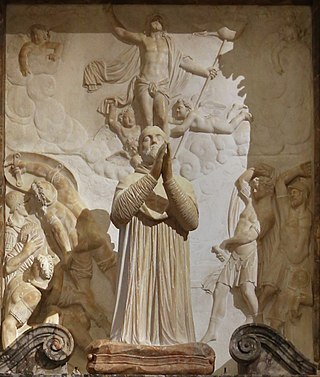
Gillis van den Vliete known in Italy as Egìdio della Riviera was a Flemish sculptor, restorer of ancient sculptures and antique dealer. His active career was spent in Italy, mostly in Rome. He produced both religious and secular sculpture including garden ornaments and tomb monuments. On some large projects he collaborated with other sculptors such as Nicolaes Mostaert, a Flemish sculptor active in Italy at the same time. His works are executed in the Northern Renaissance style which he had been trained in, in his native Flanders, but also intimate the advent of Baroque sculpture.
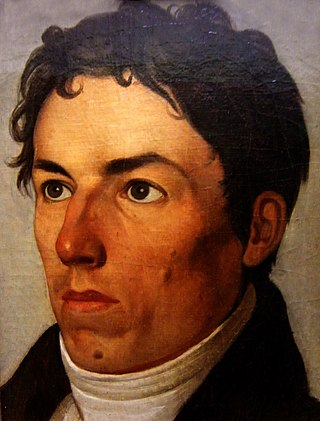
Joseph Wintergerst was a German painter in the Romantic style; associated with the Nazarene movement.
Julius Bayerle was a German sculptor and painter as well as a teacher at the Kunstakademie Düsseldorf.
Karl Hermann Joseph Hubert Hilgers was a German sculptor.
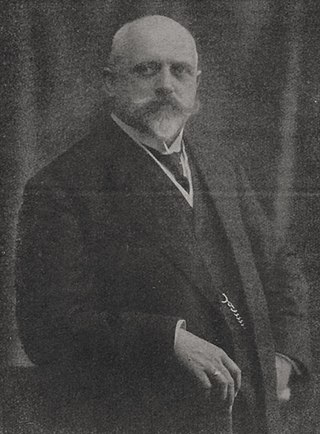
Theodor Groll, also Theodor Groll the younger was a German genre, landscape and architect painter of the Düsseldorf school of painting.

Hermann Hirsch was a German painter and sculptor, of Jewish ancestry.